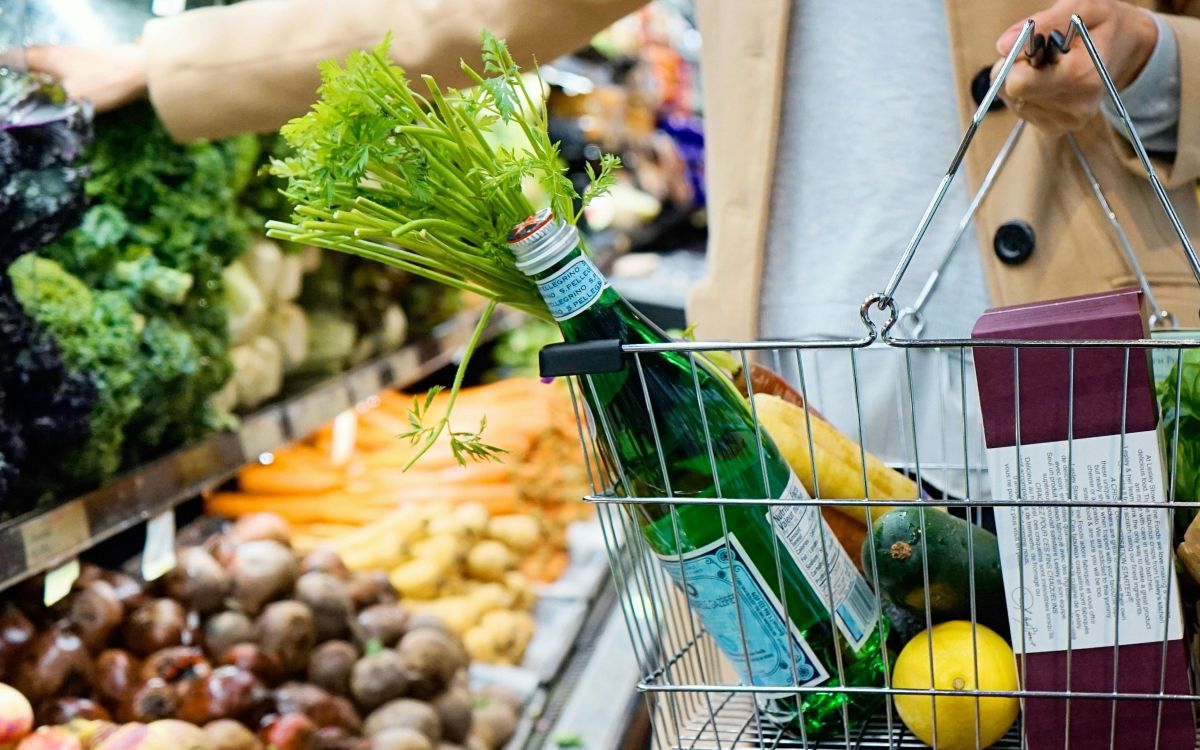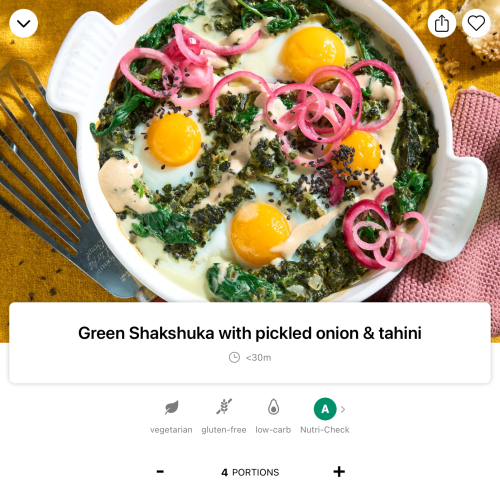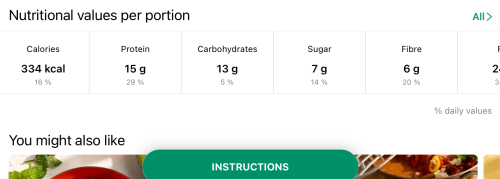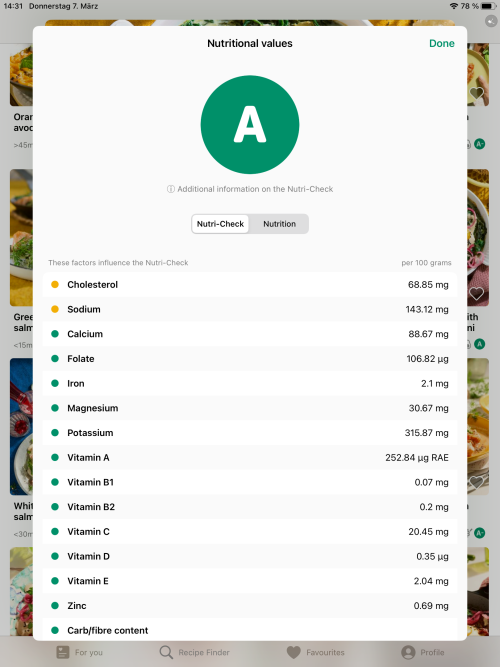Reading and understanding food labels

Have you ever wondered what all the numbers and abbreviations mean on food labelling? You’re not alone! Here is our guide to help you navigate the jungle of nutritional information and make more conscious meal choices.
If you’re looking for information on the nutrient and energy content of a product when shopping, you simply need to turn it over. A lot of food packaging carries a nutritional label on the back which has a standardised format and is mandatory for packaged foods in the European Union (EU). Exceptions are unprocessed products such as fruit and flour, and coffee, tea, spices and herbs.
What at first glance looks a little like an algebra test does in fact provide helpful nutritional information. It is merely a matter of initially working it out. The good news is that food labels must always provide the same information on seven essential nutrients: energy content (in kJ and kcal), fat, saturated fats, carbohydrates, sugar, protein and salt – all based on 100 grams or 100 millilitres of food. These values are designed to help you compare similar foods and make well-informed choices.
The “Big 7” must appear on every food label
Energy content (calories): The amount of energy supplied by 100 g or 100 ml is expressed in kilojoules (kJ) and kilocalories (kcal).
Fats: Since fats are important energy suppliers, their total quantity is listed in grams. Valuable fats, for example, are important not only to the body’s cells and organs, but also for the absorption of certain vitamins.
Saturated fatty acids: These are listed separately as they should be consumed in moderation.
Carbohydrates: The total amount of carbohydrates is listed in grams. Not only our brain and red blood cells, but also many other bodily functions, depend on this important source of energy.
Sugar: Sugar is listed separately as a subcategory under the total carbohydrate content and accounts for both the sugar that is added and sugar occurring naturally. The lower the value, the easier it is to avoid energy highs and lows.
Proteins: The total amount of protein is expressed in grams because proteins – delivered in the form of amino acids – are important building blocks for muscles, organs, the immune system and much more.
Salt: Since the EU recommends a daily amount of salt of only 6 g (about a teaspoon), you should keep this value in mind.
Good to know: To give you a good idea of the nutritional values of the individual dishes in our recipes, we follow the example of food labelling and include the most relevant information at the end of the list of ingredients. We state the precise amounts of energy, proteins, carbohydrates, sugars, fibre, fats and unsaturated fatty acids in each serving and also include the percentage of the recommended daily amount based on the average requirement. Click just once here to view even more nutritional information.
Not surprisingly, most food labelling includes additional information. Manufacturers can choose to additionally specify the nutritional content per serving, for example, and include vitamins and minerals if they appear in significant quantities in the food in question (according to EU Regulation No. 1169/2011) and if a health-related claim is made. However, it makes perfect sense to focus on the seven essential facts first.
Reference quantities for guidance
The EU reference quantities for the “Big 7” refer to an average adult with an average daily energy requirement of 2,000 kilocalories. The purpose is to make it easy for consumers to interpret the nutritional content of food in relation to their recommended daily intake.
- Energy (calories): The reference amount for an average adult is 8,400 kilojoules (about 2,000 kilocalories) per day
- Fats: 70 g total fat
- Saturated fatty acids: 20 g
- Carbohydrates: 260 g
- Sugar: 90 g
- Proteins: 50 g
- Salt: 6 g
Check the reference quantity to see how much of your daily requirement is covered by the food when you add up your consumption. This will help you keep track of things and stop you from eating too much, or too much of one thing. However, these values should basically be taken as guidance, because individual dietary requirements can of course vary depending on age, gender, health and exercise.
What you should look out for in the nutritional information
- Compare similar products to find the healthier option
- Watch out for hidden sugar and salt
- Be aware of how much of your daily requirement is covered by one portion
Overall, it is important to regard food labelling as a friend and companion when searching for the right balance in your daily diet. With this knowledge, you can satisfy your individual needs, consciously design a balanced diet for yourself and savour what you eat.
Good to know: Our Nutri-Check button below the recipe picture is a quick reference to the nutritional profiles of individual recipe variants. Letters and colour coding indicate the health value of a dish at a glance. Detailed nutritional information can again be found by tapping on the Nutri-Check button. And we also tell you, of course, exactly what factors are behind our assessment of each dish and what they take into account.
All the relevant information on the Nutri-Check rating system and the nutritional factors can be found in our digest.
Further detailed information >>
Images: © Tara Clark/ Unsplash, foodfittery





